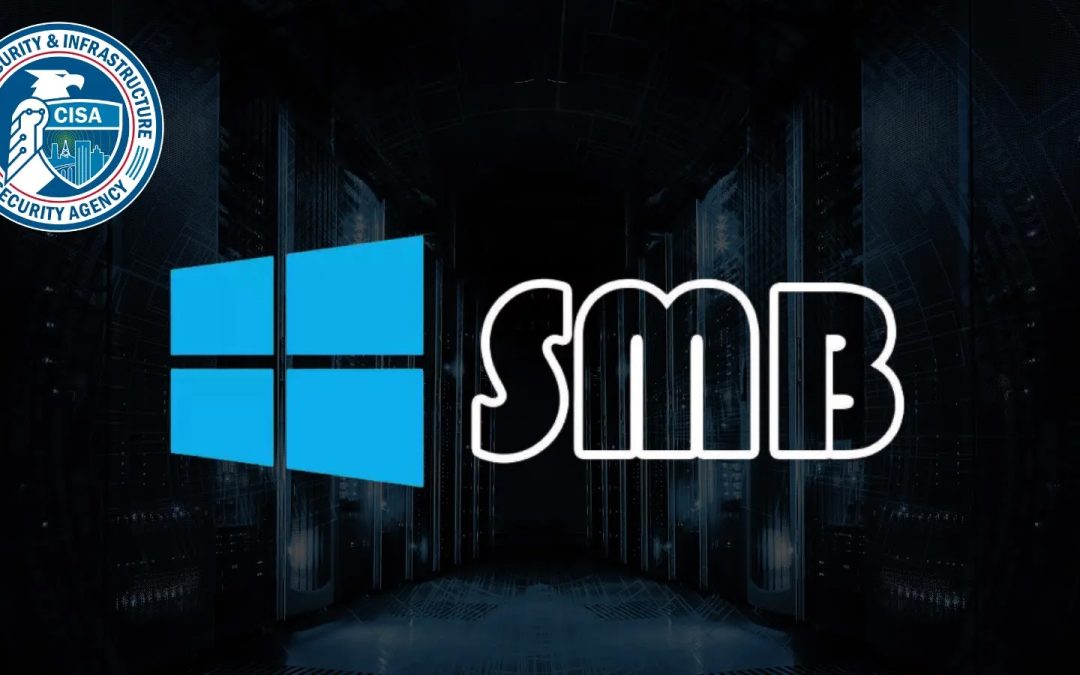“`html
The Cybersecurity and Infrastructure Security Agency (CISA) released an urgent notification on October 20, 2025, emphasizing a critical vulnerability CVE-2025-33073 in Microsoft’s Windows SMB Client.
Identified as an improper access control defect, this vulnerability tracked under CVE details yet to be completely defined presents a considerable risk of privilege escalation for cybercriminals globally.
As cyber risks heighten with increasing ransomware incidents, organizations are racing against the November 10 deadline to rectify their systems.
The vulnerability takes advantage of the Server Message Block (SMB) protocol, a fundamental component of Windows file sharing and network interaction.
As per CISA’s Known Exploited Vulnerabilities (KEV) catalog, malicious individuals can develop a script that deceives a victim’s device into initiating an SMB link back to the perpetrator’s system.
This coerced authentication provides unauthorized entry, potentially enabling complete control over the compromised apparatus. Associated with CWE-284 (Improper Access Control), the defect highlights enduring issues with SMB’s authentication processes, which have long been a prime target for cybercriminals since the WannaCry incident in 2017.
Windows SMB Vulnerability Actively Exploited
Intruders exploit this weakness through social engineering or drive-by downloads, wherein users inadvertently execute the harmful payload.
Once activated, the SMB client connects to the attacker’s server, circumventing standard protections and facilitating lateral movement within networks.
While CISA mentions it’s uncertain if this particular flaw drives ransomware operations, the strategy mirrors techniques employed by groups such as LockBit and Conti, who consistently exploit Windows protocols for initial access.
The notification comes at a precarious juncture for IT administrators, following a surge of SMB-related exploits in 2025, including those aimed at unpatched Azure environments.
Experts caution that unaddressed systems could face data exfiltration or the deployment of malware, particularly in sectors like finance and healthcare.
“This represents a typical elevation-of-privilege vector that exploits default configurations,” stated cybersecurity analyst Maria Gonzalez of SentinelOne. “Admins need to prioritize SMB hardening to prevent cascading breaches.”
Mitigations
CISA encourages prompt action: Implement Microsoft’s latest patches as specified in their security advisories, or adhere to Binding Operational Directive (BOD) 22-01 for federal cloud services.
If mitigations aren’t practicable, cease use of affected products. Solutions such as Windows Defender and third-party endpoint detection can assist in monitoring SMB traffic irregularities.
With a 21-day remediation window, organizations should scan for vulnerable instances employing tools like Nessus or Qualys. Disabling unnecessary SMBv1 capabilities and enforcing least-privilege access remain best practices.
As the deadline approaches, this vulnerability serves as a motivator to strengthen defenses against advancing Windows threats.
“`

